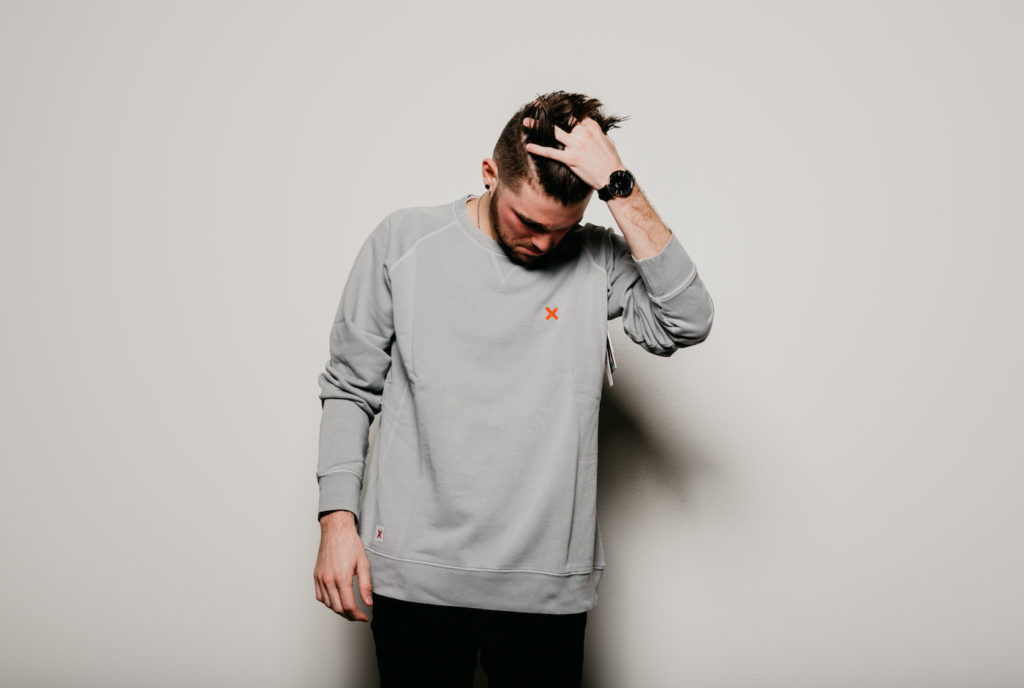
It’s not in the same way they are built…
From the beginning — and to this day — our clothing has served as a means to helping empower and positively improve the lives of people in underserved communities around the world. However, our goals have evolved from providing for the individual makers to how we can change an entire industry at large.
Twelve years ago, we literally knew nothing about fashion — a.k.a. how to merchandise, design, produce, market and sell clothes. We saw a need and we decided we would do everything in our power to meet this need using whatever tools we had at our disposal.
To many people’s surprise, this meant teaching women in Uganda how to crochet.
A few simple questions came to mind… what if we could change the considerations shoppers make when they are buying clothing? How could we be a part of changing or influencing this? And how many more clothing makers would be positively impacted as a result?
So, how do industries change?
Let’s first think about how they are built: brick by brick. Overtime, a foundation is set to meet a capitalistic need in the marketplace. It morphs to increase efficiencies and improve profit margins. It gets big, hairy, and complex and people throw up their hands to say “what am I supposed to do to change this massive machine?”. So they just go with the flow.
To change industries, or culture for that matter, I don’t believe the solution is to fundamentally deconstruct it in the same manner it was built: brick by brick. Instead, a new reality — or paradigm — is needed in order to model a nuanced way of operating. We must build the “new”.
At KNOWN SUPPLY, we believe change within the apparel industry is not only happening currently, but that a fundamental shift in our relationship with clothing is imminent. We support and hope to expedite this change in three ways…
1. Collaboration. (Top-Down)
We partner with others to manage their apparel production and introduce them to the positive impact their clothing can have — on both the people who made it, as well as those who receive it.
Apparel then becomes a mechanism for companies to align their value system throughout all touch points of their business, from the culture they want to create to the merchandise they sell.
2. Human Connection. (Bottom-Up)
By connecting shoppers directly to the person who made their garment a magical thing happens, empathy is built. People, perhaps for the first time, understand the human impacts of their clothing purchases.
The more this happens overtime with an increasing number of partners, the more it becomes something consumers expect from those they purchase. Thus, more companies will feel the pressure to meet this call for transparency and sustainability.
Ultimately, we’re here to see things change for the better. We’ve created the eco-system and the collaboration tools to help more brands and more people engage with their clothing in a positive way. If we can help you with any of your apparel needs, please LET US KNOW.
AND
If you haven’t done so already, please take a moment to write a personal note to the woman who made your KNOWN SUPPLY item, whether it be from us or one of our partner projects.
Written by CEO & Co-founder, Kohl Crecelius. | Photo by our partner End It Movement.



LEAVE A COMMENT Your email address won't be seen